2017 Hyundai Ioniq Electric Review - Discount Club Membership

2017 Hyundai Ioniq Electric
Governments big and small can issue far-off bans on gasoline and diesel all they want, but in the here and now, no one’s stopping you from taking home a Ford F-350 crew cab for family hauling duties. There’s no shadowy apparatchik barring the front door at the local Dodge dealership, preventing you from signing on the dotted line for that 392 Scat Pack or Hellcat.
Choice, glorious choice, awaits us all. Enjoy it while you can. For now, only the number of coins in our pockets (and maybe our parking situation) can keep those automotive love affairs at bay.
So, is it any wonder few people buy an electric car? The future’s electric, CEOs tell us, but high prices, low ranges, and a fledgling recharging network means EV ownership was mainly — at least until the Chevrolet Bolt came along — the domain of those dropping big bucks on Mr. Musk’s long-range wondercars. Destitute, but still achingly green? A used Nissan Leaf can haul your butt across town for a price rapidly approaching $0.
Is there room in this lopsided landscape for a new Hyundai with no exhaust pipe, a price lower than the competition, and a body that doesn’t scream “status”? If there is, can you live with it?
With its 2017 Ioniq Electric, gas-free sibling to the assuredly more popular Ioniq Hybrid and looming Ioniq Plug-in, Hyundai is offering a tweener. In traditional Korean fashion, it’s cheaper than its rivals while offering an otherwise typical and inoffensive compact hatchback bodystyle. Nothing’s outrageous here.
It’s actually quite bizarre that in my first few hours driving the Ioniq EV, the amiable driver of an old Corolla stopped me to chat about it — a model he knew all about — and his other electric car choices. With retirement approaching, the man and his wife want an EV for city driving while retaining the capability for longer trips. “The Chevy Volt’s your best bet,” I said, telling him something he already knew.
That’s because the Ioniq falls short in the one EV feature that matters more than anything else, perhaps even price: range. At 124 miles, it’s leaps and bounds ahead of the very first Leaf, but only 17 miles ahead of the aged and soon to be replaced 2017 model. (The revamped 2018 model gets 150 miles to a charge.) Still, with a U.S. MSRP of $29,500 before a federal tax credit, the Ioniq undercuts the Leaf by $1,180. The Bolt, with 238 mouth-watering miles stuffed in its battery pack, retails for $8,000 more than a base Ioniq EV.
(For buyers wanting more niceties, a Limited variant retails for $32,500 U.S. before delivery. Our tester was a base SE model with the optional Canadian-market-only Cold Climate Package, which brings heated seats and steering wheel to the fold.)
Basically, what the Ioniq offers is cheaper seats in the same virtuous, planet-hugging stadium. But is it a penalty box? It sure is if inter-city trips loom in your future. As a second vehicle for commuting, inner city and suburban (and even some exurban) jaunts, 124 miles might just be enough range to keep anxiety at bay.
Of course, with EVs, more stoplights, coasting, and braking means more range-extending regenerative power sent back to the battery. There’s safety in the city. On my first day in the Ioniq, a high-speed cross-town freeway run ate up a third of the day’s miles; urban stuff, the rest. The 55 miles travelled used up only 44 miles of range. Only the lack of charging infrastructure at Casa Steph kiboshed dangerously long trips, as dependence on pokey 240-volt public charging stations meant cooling my heels nearby during the two-hour top-ups.
Let me tell you, you’ll never hate a Chevrolet Volt more than when you’re behind the wheel of a car with no gas tank and discover there’s a first-generation model hogging your juice nozzle. If only rage could charge batteries…
Speaking of which, at no point did the Ioniq display a full 124 miles (200 km) of range on the gauge cluster display following a full charge. The EPA estimates EV range via consumption, not capacity, and the Ioniq shows this by-the-moment potential in a smaller gauge readout (it once read 136 miles), so it’s a minor quibble. Interestingly, in Sport mode those estimates fade to the sidelines, perhaps for the alleviation of stress.
What else does Hyundai’s low-cost ticket get you? Well, cheap seats — literally. Lacking in lower back support, the base Ioniq’s fully manual seats are identical to those found in a Elantra GT. Not surprising given Hyundai’s need to keep costs low. Between them, a novel gearshift is one of the better pushbutton arrays I’ve seen. It’s close at hand (unlike, say, Lincoln or GMC’s) and it’s easy to memorize the location of drive and reverse without looking down.
You’ll find more evidence of the Ioniq’s entry-level price in the expanse of gray plastic covering the dash and doors, brightened only somewhat by bronze-colored gauge and vent surrounds. Not that interior trim seals many EV deals. Less conservative is the Ioniq’s sprightly powertrain. 118 horsepower doesn’t sound like much in a compact car, but the 218 lb-ft of torque available at launch propels it with surprising vigor, even in pedal-deadening Eco mode. Passing is a shoved-back-in-your-seat affair, and dropping the hammer from a rolling stop (or while coasting along at 40km/h) is often more than the low-drag front tires can handle.
The sound of a healed Mother Earth is apparently an Ioniq peeling away from a stoplight.
By ratcheting up the regenerative braking via the steering wheel-mounted paddles and engaging Sport mode, drivers can mimic a manual-transmission car locked in low gear — fun, but there’s little confidence that the front end won’t wash out in a tight (or even sweeping) turn. Likewise, the appropriately weighted steering isn’t especially keen on relaying reassuring feedback to the driver. With these tires, maybe there’s none to give.
But a performance car this ain’t, and no would-be buyers would think otherwise. Still, the Ioniq is plenty quick, and offers decent cargo space (23.8 cubic feet, well above the Bolt’s 16.9) behind the rear seat. Minus the car’s black plastic face, the rear hatch’s two-piece glass might be the most obvious cue that this isn’t a “normal” car, though the Ionic’s slippery-yet-conservative form might actually appeal to buyers turned off by the futuristic Toyota Prius family.
There’s also the presence of positives seen in other late-model Hyundais, namely a stiff body and well-mannered suspension. For safety, blind spot monitoring and rear cross-traffic alert comes standard, as does Apple CarPlay and Android Auto connectivity and Hyundai’s surprisingly decent audio system. You’ll want that system cranked, as road and wind noise isn’t on the hushed side. Another gripe involves the floor. Due to the svelte 28-kWh battery pack underneath, it’s higher than that of a typical compact car, forcing those with Gregory Peck-like physiques (like yours truly) to crank themselves towards the ceiling just so their thighs can touch the seat. Luckily, headroom is ample fore and aft.
For a first effort, Hyundai’s EV gets several major things right. It drives normal. It looks normal. It undercuts the competition on price by sharing a platform with two other variants, thus giving customers a reason for considering a vehicle with less-than-ideal range. Can it fit into your lifestyle, even as a second vehicle? That’s up to you to decide.
Hyundai is taking baby steps with this model, offering the Ioniq EV (for now) in California only, as well as north of the border. Unfortunately for the brand, longer-legged rivals threaten to erase the Ioniq Electric’s positives in the mad scramble for more range. We’ll have to wait and see whether rumors of a longer-range Ioniq for 2018 pan out.
[Images: © 2017 Steph Willems/The Truth About Cars]

More by Steph Willems
Latest Car Reviews
Read moreLatest Product Reviews
Read moreRecent Comments
- Dave M. My hipster daughter is greatly into it. We watched the race together this weekend. It was interesting but I'm not devoted to it like she is. She'll be at the Austin race in October.
- Bd2 If I had time to watch other people driving, then I would go for LMP.
- Steve Biro There are 24 races on this year’s F1 schedule. And I guarantee you no more than two will be reasonably exciting, Meanwhile, F1’s reception for Andretti reveals the dark underbelly of the sport. I have followed F1 since the 1960s and, frankly, I am running out of interest. I’ll catch a race if it’s convenient but won’t bother DVRing them.
- YellowDuck Been watching since the 80s, seriously since the 90s once we had reliable TV coverage. I'm in Canada though. Hey, and don't forget that the Interlagos race is also in a convenient time zone, as is Mexico. So that's 5 races in the Americas. Absolutely love it, but it takes a bit more interest in the technical / strategic side of things to really appreciate it. It's not just going fast in circles until someone crashes into someone else, while drunk people watch. The US can be proud of what it has contributed - Austin is one of the best tracks on the calendar, Vegas turned out to be much better than anyone could have hoped, and even Miami - a real Indy car-style track - produced a good race this year.
- JMII I watch every F1 race, same with Indycar which is 100X better in terms of actual racing.



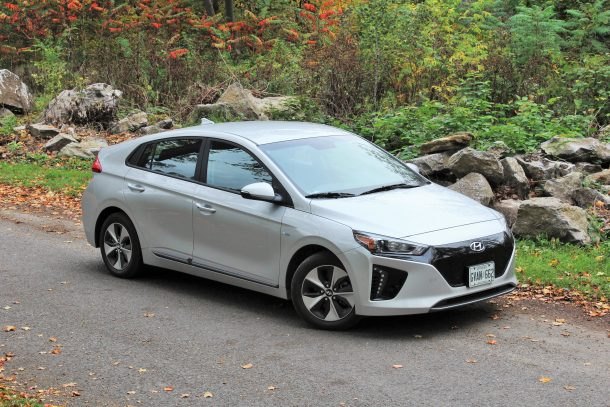


















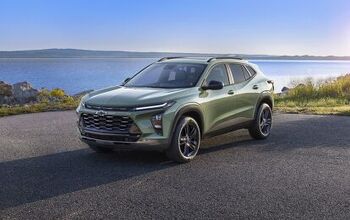
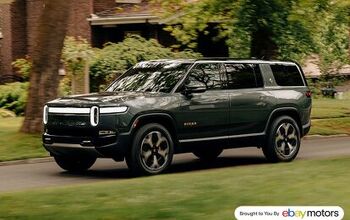

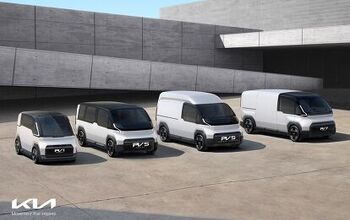

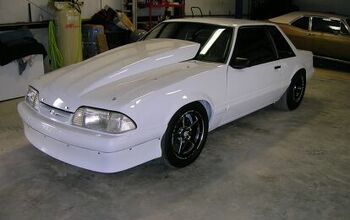

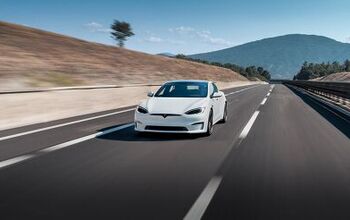
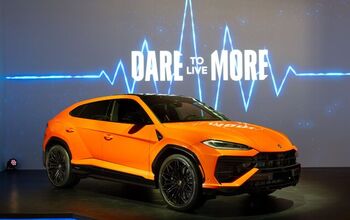

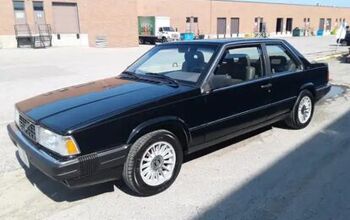
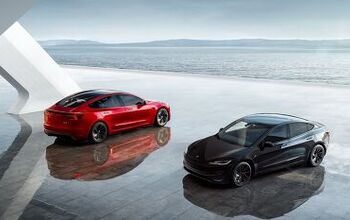


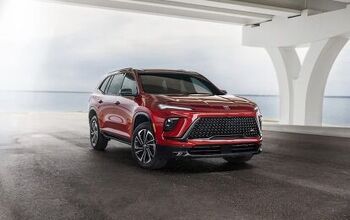
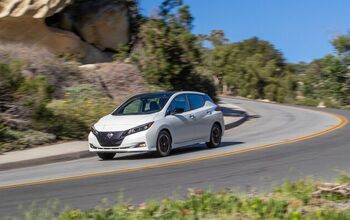
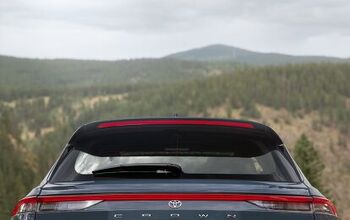

Comments
Join the conversation
I'd like to leave a piece of advice for those thinking about a used EV for the soon-to-be teen driver in their house: Call your insurance company and get some quotes first. If you're willing to get liability only coverage for a Leaf you'll probably be fine, but the cost of the batteries can make collision coverage pretty pricey for someone who is statistically likely to be involved in an accident.
Hyundai never ceases to amaze me with their blatant copying of other car manufacturers. They have copied Jaguar, Mercedes, BMW and now, or should I say once again, they are copying Toyota. Most of the time they do so well when they make their own style.